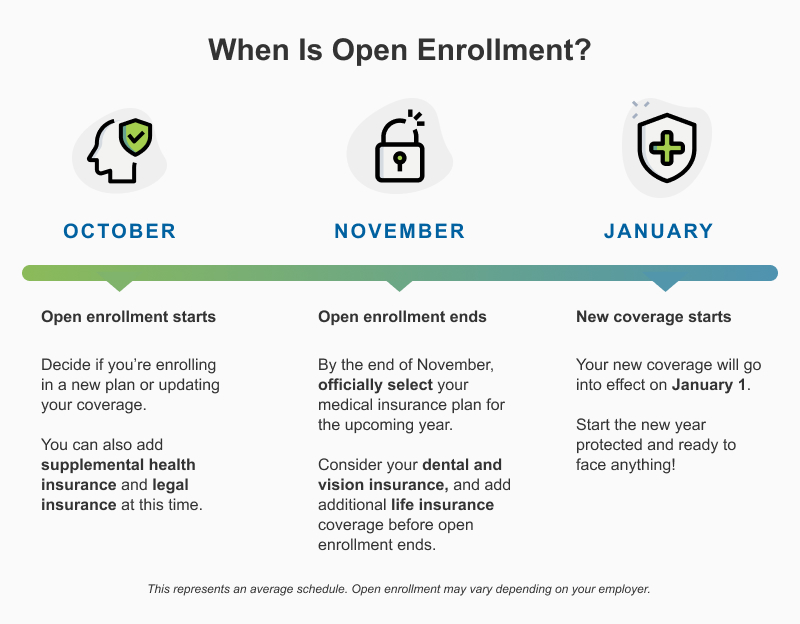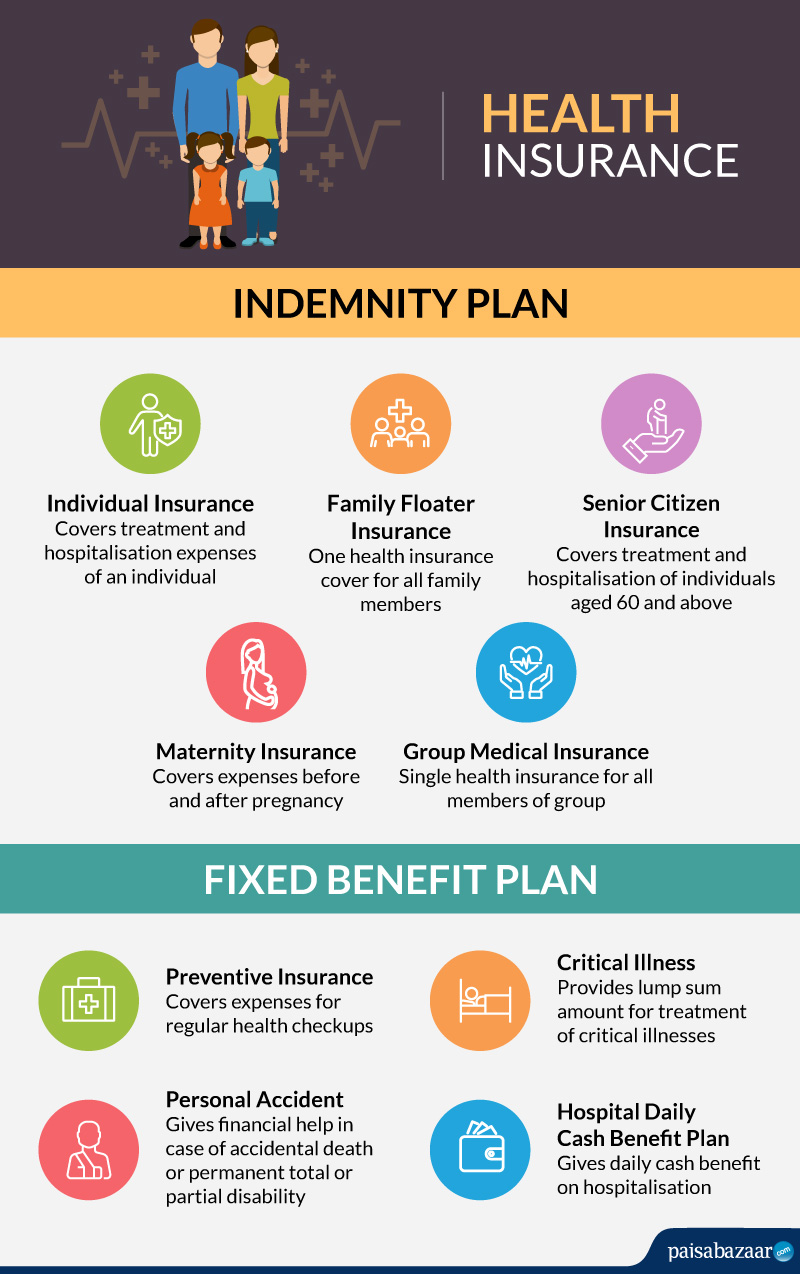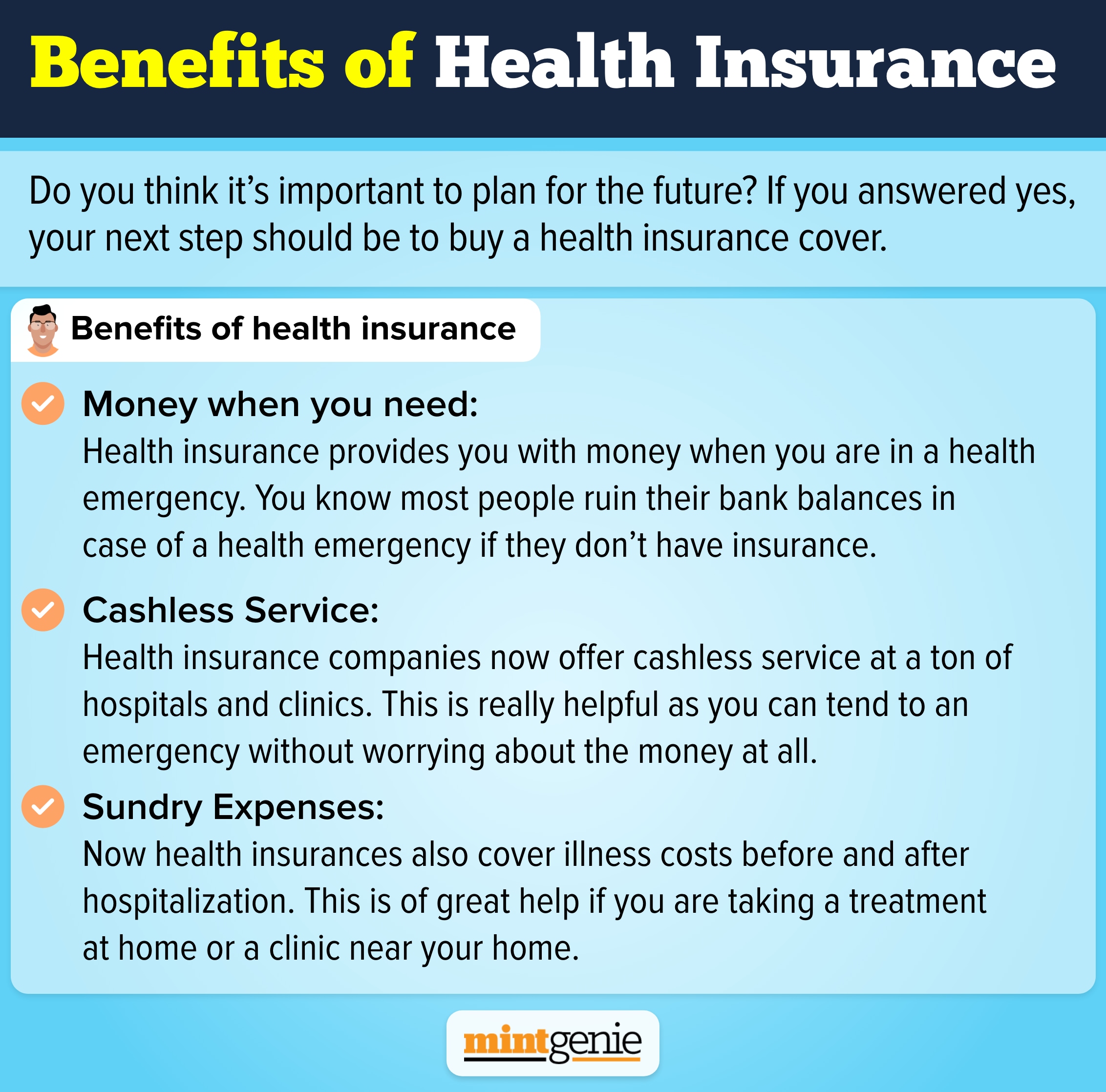Medicare Advantage Agent Can Be Fun For Anyone
Table of ContentsA Biased View of Medicare Advantage AgentThe Only Guide to Medicare Advantage AgentAbout Medicare Advantage Agent

adheres to from puzzling the relatively young age account of the without insurance with the better health and wellness, typically, of younger persons. This covers the link between health condition and medical insurance. For those without access to office medical insurance, poor wellness is a prospective obstacle to buying nongroup coverage since such insurance coverage may be very valued, omit pre-existing conditions, or be simply inaccessible. The number of without insurance Americans is not particularly huge and has not altered in recent years. Seven out of 10 respondents in a country wide depictive survey thought that less Americans lacked wellness insurance policy than in fact do(Fronstin, 1998). Approximately half(47 percent )thought that the variety of people without medical insurance lowered or stayed constant over the last half of the last years(Blendon et al., 1999). This decrease of nearly 2 million in the number of people 'without insurance coverage (a decrease
of about 4 percent)is certainly a favorable change. With a softer economic climate in 2000 the most recent reported gains in insurance policy coverage might not proceed(Fronstin, 2001 ). The decrease in the number of without insurance will certainly not proceed if the economy stays slow-moving and wellness treatment prices proceed to outpace inflation. This is due to the fact that the information were accumulated for a period of strong economic performance. Of the estimated 42 million people who were uninsured, all however concerning 420,000(concerning 1 percent)were under 65 years old, the age at which most Americans become eligible for Medicare; 32 million were adults between ages 18 and 65, about 19 percent of all grownups in this age; and 10 million were children under 18 years of age, concerning 13.9 percent of all children (Mills, 2000). These quotes of the variety of individuals without insurance are created from the annual March Supplement to the Present Population Survey (CPS), carried out by the Census Bureau. Unless otherwise noted, nationwide price quotes of individuals without medical insurance and percentages of the population with different sort of protection are based on the CPS, the most widely used resource of price quotes of insurance coverage and uninsurance prices. These surveys and the estimates they yield are defined briefly in Table B. 1 in Appendix B - Medicare Advantage Agent. These studies vary in size and sampling approaches, the concerns that are inquired about insurance coverage
Medicare Advantage Agent Fundamentals Explained
protection, and the moment period over which insurance policy protection or uninsurance is gauged(Lewis et al., 1998, Fronstin, 2000a ). Still, the CPS is particularly helpful due to the fact that it creates yearly price quotes fairly quickly, reporting the previous year's insurance coverage estimates each September, and because it is the basis for a consistent set of estimates for more than 20 years, allowing for evaluation of trends in coverage in time.

More About Medicare Advantage Agent
Over a three-year duration starting early in 1993, 72 million individuals, 29 percent of the U.S. population, lacked insurance coverage for at the very least one month. Within a single year(1994), 53 million people experienced at the very least a month without protection(Bennefield, 1998a). Six out of every ten uninsured grownups are themselves utilized. Functioning does enhance the possibility that one and one's household participants will certainly have insurance coverage, it is not a warranty. Also members of families with 2 full-time wage earners have almost click for source a one-in-ten chance of being without insurance (9.1 percent without insurance rate)(Hoffman and Pohl, 2000 ). The relationship in between health and wellness insurance policy and accessibility to care is well developed, as recorded later in this phase. The partnership in between health insurance and health and wellness end results is neither direct nor easy, an extensive medical and health and wellness solutions research literature links health insurance policy protection
to improved better accessibility care, better qualityHigh quality and improved enhanced and population health health and wellnessCondition The 2nd report, on personal health outcomes for uninsured adults, is stood for by the inner circle of the figure, while the 3rd report, on family health, incorporates the topics of the 2nd report but emphasizes a various device of analysis, specifically, the family. The sixth record in the collection will present details concerning approaches and efforts embarked on locally, statewide, or across the country to resolve the absence of insurance and its damaging influences. Levels of analysis for analyzing the results of uninsurance. This conversation of medical insurance protection focuses largely on the U.S. populace under age 65 since practically all Americans 65 and older have Medicare or various other public protection.
Furthermore, it concentrates especially on those with no health and wellness insurance for any kind find more of size of time. The troubles faced by the underinsured are in some areas similar to those faced by the uninsured, although they are generally less serious. Uninsurance and underinsurance, nevertheless, entail noticeably various policy issues, and the techniques for resolving them might vary. Throughout this research study and the five records to comply with, the main emphasis is on persons with no wellness insurance coverage and therefore no assistance in spending for wellness treatment beyond what is offered through charity and safety internet organizations. Medical insurance is an effective aspect influencing invoice of care since both individuals and medical professionals react to the out-of-pocket price of solutions. Medical insurance, nevertheless, is neither needed neither adequate to access to medical services. However, the independent and direct effect of wellness
insurance policy coverage on accessibility to wellness services is well developed. Others will certainly obtain the healthcare they need even without medical insurance, by spending for it out of pocket or seeking it from service providers that use treatment free or at highly subsidized prices. For still others, wellness insurance policy alone does not ensure invoice of treatment due to various other nonfinancial barriers, such as a lack of health and wellness treatment suppliers in their neighborhood, limited access to transportation, illiteracy, or etymological and social distinctions. Formal study regarding without insurance populations in the United States dates to the late 1920s and early 1930s when the Committee on the Cost of Medical Treatment produced a series of records regarding financing doctor workplace sees and hospitalizations. This concern ended up being significant as the numbers of clinically indigent climbed throughout the Great Depression. Empirical studies regularly support the web link between accessibility to care and improved health results(Bindman et al., 1995; Starfield, 1995 ). Having a normal resource of treatment can be taken into consideration a forecaster of accessibility, as opposed to a direct procedure of it, when health outcomes are themselves utilized as accessibility indicators. This expansion of the idea of accessibility measurement was made by the IOM Committee on Checking Gain Access To to Personal Wellness Treatment Provider(Millman, 1993, p. Whether or not parents are guaranteed appears to affect whether their youngsters get treatment in addition to just how much careeven if the children themselves have insurance coverage(Hanson, 1998). The health of moms and dads can affect their capability to take care of their children and the level of family stress and anxiety. Bothering with their youngsters's accessibility to care is itself a resource of anxiety for parents. 3 phases adhere to in this report. Phase 2 gives a summary of just how employment-based health and wellness insurance policy, public programs and individual insurance plan run and connect to provide extensive yet incomplete insurance coverage of the U.S. population. This consists of an evaluation of historic fads and public plans affecting both public and exclusive insurance policy, a discussion of the interactions among the different types of insurance coverage, and an assessment of why people move from one program to another or finish up
